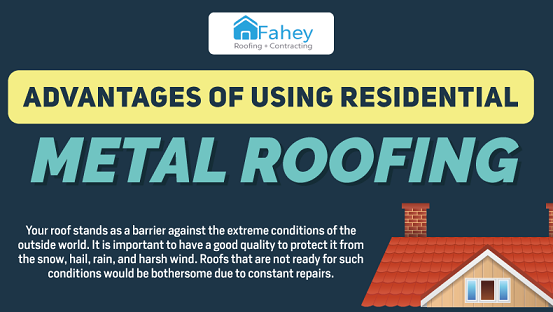A Comprehensive Intro To The Effect Of Weather On Roof Covering
A Comprehensive Intro To The Effect Of Weather On Roof Covering
Blog Article
Published By-Sharpe Stilling
When it concerns your roofing system, the weather condition plays an essential function in its general wellness and life-span. You might not realize how rain can bring about leakages or how heavy snow can stress the structure. Also the sunlight's ruthless rays can deteriorate your roof products gradually. It is essential to recognize these effects, however what can you do to safeguard your roof covering from the elements? Discovering maintenance techniques and material choices could be essential to guaranteeing your roofing stands solid versus whatever Nature throws its way.
Results of Rain on Roof covering
Rain can be a silent adversary to your roof, triggering both immediate and lasting damages. When water permeates right into fractures or spaces, it can result in leakages, which may not show up as soon as possible. You might notice a tarnish on your ceiling, however already, the moisture might have currently compromised your roofing system framework.
In time, consistent direct exposure to rainfall can compromise roofing materials. Tiles may warp, curl, or perhaps degenerate, leaving your home vulnerable to further water invasion. Mold and mold thrive in wet conditions, which can jeopardize your indoor air quality and lead to health and wellness issues.
Standing water on your roof can additionally trigger major problems. It adds unnecessary weight, boosting the threat of architectural failure. And also, it can speed up the deterioration of your roof products, making replacements a lot more regular and expensive.
To safeguard flooring repairs san antonio covering, guarantee your gutters are clean and functioning properly to divert rain away. Normal evaluations can help you catch possible problems before they rise.
Taking these actions currently can save you money and time in the long run, keeping your home risk-free and dry.
Impact of Snow and Ice
When winter gets here, snow and ice can pose significant risks to your roofing system, just like rain. Gathered snow can be rather hefty, and if it doesn't move off, it can produce a harmful load that your roof covering mightn't be able to support. This stress can result in sagging, leakages, or perhaps architectural failure.
Ice can likewise cause problems, specifically with ice dams. When snow on your roofing thaws, it can flow down and refreeze at the eaves, creating a dam that protects against appropriate water drainage. Water then supports under shingles, bring about leaks and water damage inside your home.
To secure your roofing system, it's vital to maintain rain gutters clear of debris, enabling proper drain. On a regular basis checking your roof for indicators of wear and damages can assist catch concerns early.
If you notice a substantial amount of snow, take into consideration employing an expert to remove it safely. Keep in mind, it's far better to be aggressive about snow and ice than to handle costly repair work later. Taking these steps can help ensure your roof covering stands up to the winter months without significant issues.
Sunlight and Temperature Challenges
While you could delight in sunny days, prolonged direct exposure to sunshine and extreme temperature levels can be detrimental to your roof. UV rays can break down roof materials gradually, resulting in bending, fracturing, or fading. If your roofing system's tiles are made from asphalt, they may become breakable under intense heat, making them more prone to damage.
Additionally, high temperatures can enhance the danger of thermal growth. As products increase during the warm of the day and contract in the evening, this consistent cycle can produce stress on your roof, possibly triggering leakages or other structural issues.
You may additionally discover enhanced power expenses as your air conditioning system functions tougher to combat heat accumulation in your attic room.
mouse click the next document to choose roof materials that can endure your local environment's temperature fluctuations. Light or reflective roof covering can help in reducing warmth absorption, while appropriate ventilation in your attic room can preserve a well balanced temperature.
Normal evaluations and upkeep can also capture issues early, guaranteeing your roof covering remains in optimum problem. By staying proactive, you'll shield your financial investment and expand your roof covering's life-span despite the challenges presented by sunlight and temperature extremes.
Verdict
In conclusion, understanding exactly how weather condition influences your roof is crucial for preserving its stability and longevity. Rain can lead to leakages, snow and ice can produce hefty tons, and prolonged sunlight exposure can trigger products to break down. By staying positive with routine maintenance and selecting the ideal materials, you can shield your roof covering from the elements. Remember, a well-kept roofing not just enhances your home's value but also keeps you secure and comfortable for years to find.
